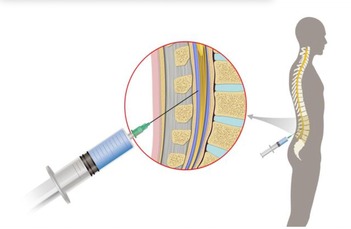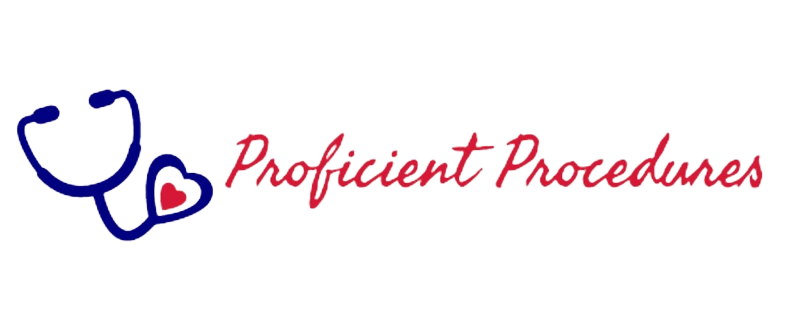The most impressive is collection of share me online college courses

Lumbar Puncture. (Spinal Tap) or an LP is a procedure to obtain a sample of cerebrospinal fluid (CSF). Examination of the cerebrospinal fluid remains the most direct and accurate method to determine central nervous system infection.
INDICATIONS:
- Suspected Central Nervous System Infection. A cell count, gram stain, and bacterial cultures are essential. Fungal cultures, acid fast bacilli and India ink studies are also useful.
- Suspected Subarachnoid hemorrhage (note xanthochromia and RBC in the fluid).
- Meningeal carcinomatosis. Presence of cancer cells in the cerebrospinal fluid.
- Gullian Barr’e Syndrome (in which a very high protein count is seen)
- Multiple Sclerosis (elevated IgG is present on electrophoresis of the CSF).Intrathecal antibiotics and Chemotherapeutics
CONTRAINDICATIONS:
- Local lumbar skin infection
- Raised intracranial pressure. (A fundoscopy must be performed before the procedure)
- Supratentorial mass lesions
- Sever bleeding diathesis
- Platelet count less than 50,000/cu mm.
PRE- and POST-PROCEDURE PATIENT EDUCATION:
Procedure is performed under local anesthesia, therefore patient can eat or drink any time before or after the procedure. The patient is usually asked to remain flat in the bed (on the back) for about 4 hours post-procedure to prevent post-lumbar puncture headaches. Ask the patient to notify the physician of any persistent headaches, pain, drainage, fever or spreading redness around the puncture site.FAQS
A. Yes, but most people say it is not much worse than having your blood drawn.
стабилизаторы напряжения http://stabrov.ru.
VecKeync
tsndngsofabldSurceBtjetemnh
ботулинотерапия в неврологии иваново [url=http://www.botocx.ru]http://www.botocx.ru[/url] .

